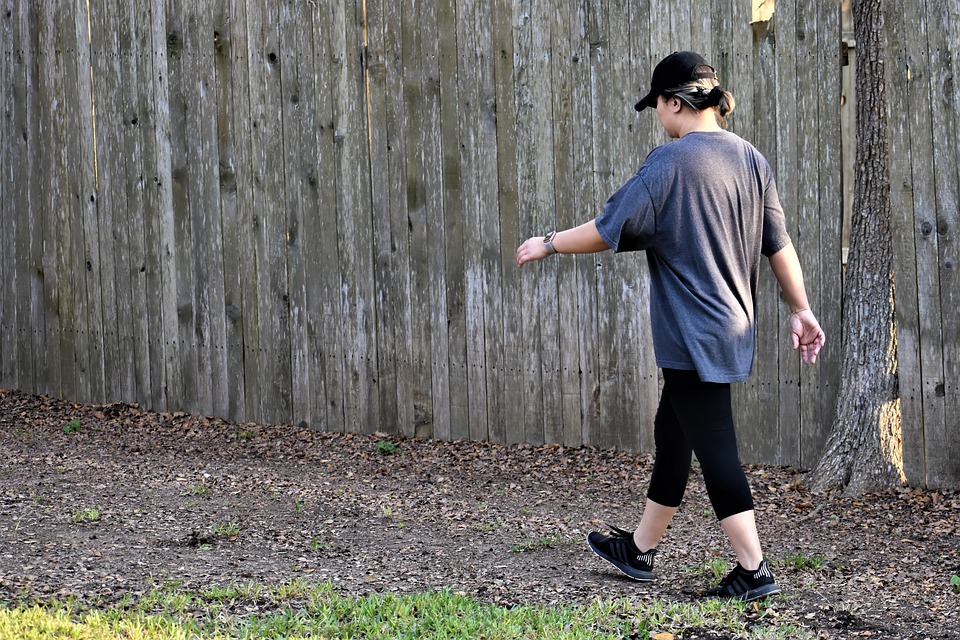In the pursuit of fitness and health, cardiovascular training is a cornerstone that often dictates overall performance, endurance, and well-being. Yet, while many enthusiasts engage in sessions of running, cycling, swimming, or group fitness workouts, one critical factor frequently overlooked is the intensity of these cardiovascular workouts. To reap the maximum rewards from your cardio training, learning to gauge and adjust your training intensity is essential. In this article, we explore how to assess cardio intensity, the significance of listening to your heart, and strategies to optimize your results.
Understanding Cardiovascular Intensity
Cardiovascular intensity refers to how hard your body is working during aerobic exercise. It can be classified into three primary zones:
-
Low Intensity: Typically characterized by a heart rate ranging from 50% to 60% of your maximum heart rate (MHR). Activities at this level include walking or gentle cycling, and they are ideal for warming up, recovery, and fat burning.
-
Moderate Intensity: This zone (60% to 75% MHR) includes activities such as brisk walking, light jogging, or swimming. It promotes improved cardiovascular health, builds endurance, and can be sustained for longer durations.
- High Intensity: Above 75% of MHR, high-intensity workouts involve activities such as sprinting, interval training, and vigorous cycling. This zone is excellent for building speed and strength but is more taxing on the body, requiring adequate recovery.
Understanding where your training falls within these zones can help tailor your workout regimen to meet specific fitness goals, whether that be fat loss, endurance training, or improving cardiovascular health.
The Importance of Monitoring Your Heart Rate
Monitoring your heart rate during cardio training not only ensures safety but also allows for an accurate assessment of exercise intensity. The basic method for determining your MHR is to subtract your age from 220. For example, if you are 30 years old, your MHR would be estimated at 190 beats per minute (bpm). From this, you can calculate your training zones:
- Low Intensity: 95 to 114 bpm
- Moderate Intensity: 114 to 142 bpm
- High Intensity: 142 to 157 bpm
Using tools like heart rate monitors, fitness trackers, or even simple manual checks at the wrist or neck can help you stay in your desired intensity zone. Additionally, the Rate of Perceived Exertion (RPE) scale—a subjective measure of how hard you feel you are working—can serve as a useful supplement to heart rate monitoring.
Benefits of Intensity-Based Training
-
Increased Efficiency: Training at higher intensities means you can achieve better results in a shorter amount of time. High-Intensity Interval Training (HIIT) is a perfect example, where shorter bursts of intense activity interspersed with rest periods maximize cardiovascular and metabolic gains.
-
Fat Loss: Different intensities influence fat utilization differently. While lower-intensity exercise burns a higher percentage of fat calories, high-intensity workouts can lead to greater overall calorie burn and a higher metabolic rate post-exercise (the afterburn effect).
-
Improved Endurance: For endurance athletes or those seeking to increase their lung capacity and stamina, a mix of moderate and high-intensity training sessions can enhance performance and delay fatigue.
- Adaptability: Listening to your heart means acknowledging how your body responds to various intensities. This dynamic approach can facilitate recovery, prevent overtraining, and reduce the risk of injury by allowing you to modify training in response to your current fitness level and fatigue.
Listening to Your Body
While heart rate data is invaluable, it is essential to complement this information with an awareness of how you feel during workouts. Factors including fatigue, stress levels, and nutrition can all impact how intensely you can train. Here are a few tips for listening to your body effectively:
-
Warm Up and Cool Down: Always include warming up and cooling down phases to prepare your body and aid recovery.
-
Avoid Training in Isolation: Instead of rigidly sticking to numerical data, consider overall well-being, ensuring you are not compromising recovery time or mental health.
-
Tailor Your Workout: Adjust your training intensity based on your daily energy levels, motivation, and any signs of weariness.
- Stay Consistent: While it is essential to listen to your body, consistency in training is vital. Find a balance between intensity and recovery to maintain progress.
Conclusion
Effective cardio training goes beyond merely logging time on the treadmill or distance on the bike. For optimal results, listen to your heart—both metaphorically and literally. Monitoring your heart rate allows for precise adjustments in training intensity, paving the way for targeted and efficient workouts. By blending heart rate insights with intuitive awareness of your body, you can maximize your cardio training regimen, leading to sustainable fitness results and a healthier lifestyle. Remember, it’s not just about working hard; it’s about working smart!




